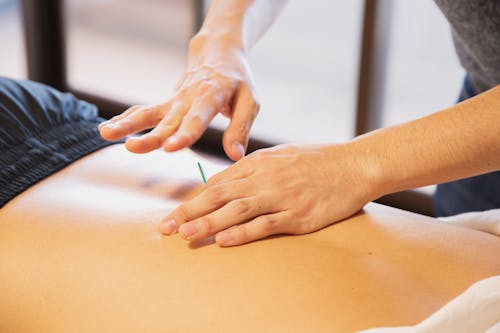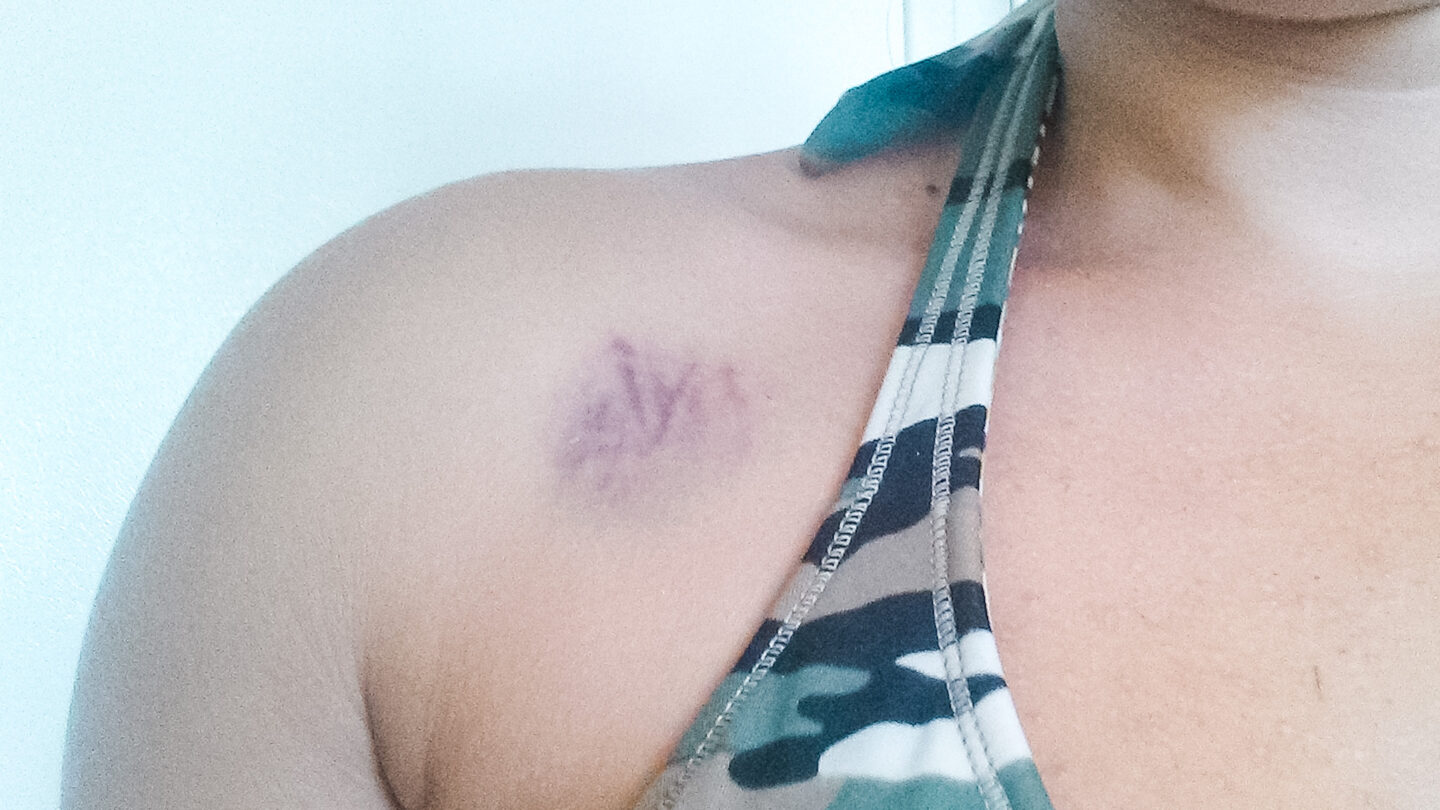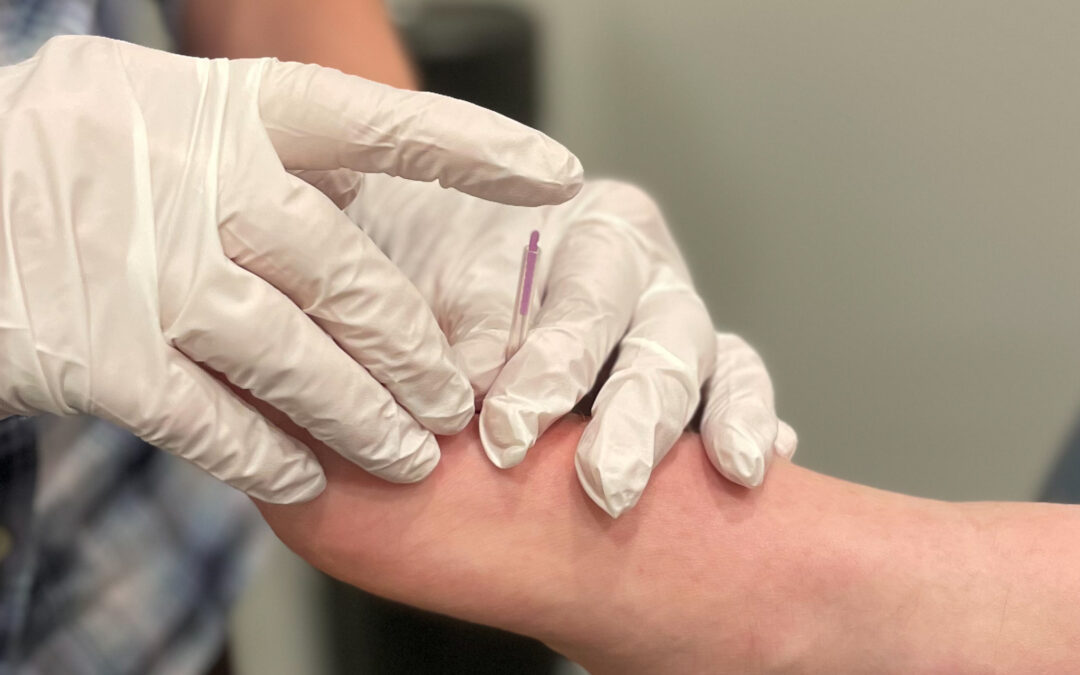What is IMS?
Intramuscular stimulation (IMS) is a technique that physiotherapists use to release muscles which may be causing pain. There is a certification process that physiotherapists have to go through to perform this type of treatment. With treatment very fine needles are inserted into the affected muscle to assist the muscle to release. The needles are the same ones used for acupuncture. This technique is also often referred to as “dry needling.”

Would I benefit from IMS/dry needling?
IMS/dry needling is used to address pain. When combined with other physiotherapy treatment methods, it may help to improve movement and function.
Common conditions treated with IMS/dry needling include:
- Headaches
- Back pain
- Whiplash
- Tennis elbow
- Chronic aching or burning pain
- Limited range of motion
- Stiffness in muscles and joints
Since IMS/dry needling targets pain from tight muscles, it’s not an effective treatment for inflammatory pain (e.g. from rheumatoid arthritis) and cancer pain. It is also not effective for nerve pain from diabetes or neurological conditions (e.g. Parkinson’s disease).
It is also not recommended if you are pregnant, have had a recent surgery, or have an infection in the area of treatment.
What does IMS/dry needling feel like?
The number and location of needles used will vary based on your condition and treatment goals. The needle is inserted into the muscle and sometimes you will see the needled muscle twitch.
Most people describe IMS/dry needling as unpleasant and sometimes, painful. The treatment itself does not last very long, with the needles sometimes inserted for only a few seconds each. However, because the intent is to stimulate the muscle into relaxation, there is often discomfort before any pain relief. Some people experience the relief right away in the session, while others experience the relief a few days later. Increased movement and function of the muscle may be right away or later, as well.
Are there any risks to IMS?
Yes. Any technique that punctures the skin has a risk of complication. It is important you know the risks before treatment.
Common minor risks which usually resolve on their own include bleeding and bruising.
Pain during treatment may be anything from a mild ache to a strong “Charley-horse” sensation. As well, after an IMS/dry needling treatment, you may experience soreness in the area which usually goes away within 24 hours. 
Less common complications include:
– Worsening of symptoms
– Drowsiness or fatigue
– Feeling faint or nauseated
– Release of emotions
– Nerve irritation
– A stuck needle.
Serious complications are rare and would require intervention from other health-care providers. These include:
– Broken needle
– Infection
– Puncture of internal organ (e.g. puncture of the lung causing a collapse or pneumothorax).
So, what can I do if I would like to try IMS/dry needling?
Simply call the clinic at 306-343-7776 to book your Intramuscular Needling (IMS)/Dry Needling Initial Assessment & Treatment. Alternatively, you can book the initial appointment on our website.


